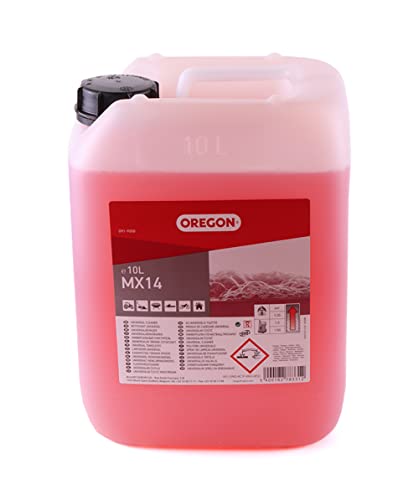



Begin by selecting the right nozzle for the job. Each tip alters the spray pattern and pressure, allowing you to tailor the cleaning force. For delicate surfaces, use a wider spray to avoid damage, while tougher areas benefit from a narrow jet. Testing on an inconspicuous area first prevents any unwanted surprises.
Position the equipment at a suitable distance from the surface. An optimal range of 30 to 60 cm is generally advantageous for maintaining efficiency while minimising the risk of abrasion. Adjusting your distance based on the type of surface will enhance results significantly.
Incorporate cleaning agents when tackling stubborn stains. Pre-mixing solutions with water in the appropriate reservoir is critical for effectiveness. Allow the chemical time to penetrate the grime before rinsing, resulting in a thorough clean without excessive pressure.
Finally, employ steady movements while operating. Keeping the nozzle in constant motion reduces the risk of concentrated pressure on a single spot, which can lead to surface damage. Practising a sweeping motion maximises coverage and achieves a more uniform clean.
Correct Techniques for Operating High-Pressure Equipment
Begin with the appropriate nozzle attachment. Selecting a nozzle with a suitable spray pattern is critical for varying surfaces. Use a wider spray for delicate tasks and a narrower stream for stubborn grime.
Maintain a safe distance from the surface being cleaned. Generally, keeping the nozzle about 2 feet away helps prevent damage, particularly on softer surfaces like wood or paint.
Adjust the pressure settings according to the task. For example:
- 500-1500 PSI for vehicles and outdoor furniture.
- 1500-3000 PSI for driveways and patios.
- 3000 PSI and above for industrial surfaces.
Use overlapping strokes while cleaning. This technique ensures even coverage and prevents streaks. Move the wand in a consistent motion, avoiding staying in one place for too long.
Always keep the nozzle pointed away from yourself and others. This practice minimizes the risk of injury from high-speed water jets. Additionally, ensure that no pets or children are nearby during operation.
Cleaning Solutions and Safety Precautions
Incorporate special detergents when necessary for specific cleaning challenges. Apply the solution using a low-pressure setting to prevent damage and allow it to dwell as per the manufacturer’s instructions before rinsing.
Wear protective gear including goggles, gloves, and sturdy footwear. This equipment protects against potential hazards such as flying debris or chemical exposure.
Regularly check hoses and fittings for signs of wear. Replace any damaged components immediately to maintain safety and performance. Always store the equipment in a clean, dry place to extend its lifespan.
After the task, ensure you flush the system. Running clean water through the equipment helps prevent clogs and maintains functionality for future use.
Selecting the Right Pressure Washer for Your Needs
For optimal results, choose a unit that matches your tasks. For light jobs like cleaning vehicles or patios, a model with 1200 to 1900 PSI is sufficient. For medium tasks like stripping paint or cleaning decks, look for 2000 to 2800 PSI. Heavy-duty jobs, such as cleaning exterior walls or driveways, require machines over 2900 PSI.
Electric vs. Gas Models
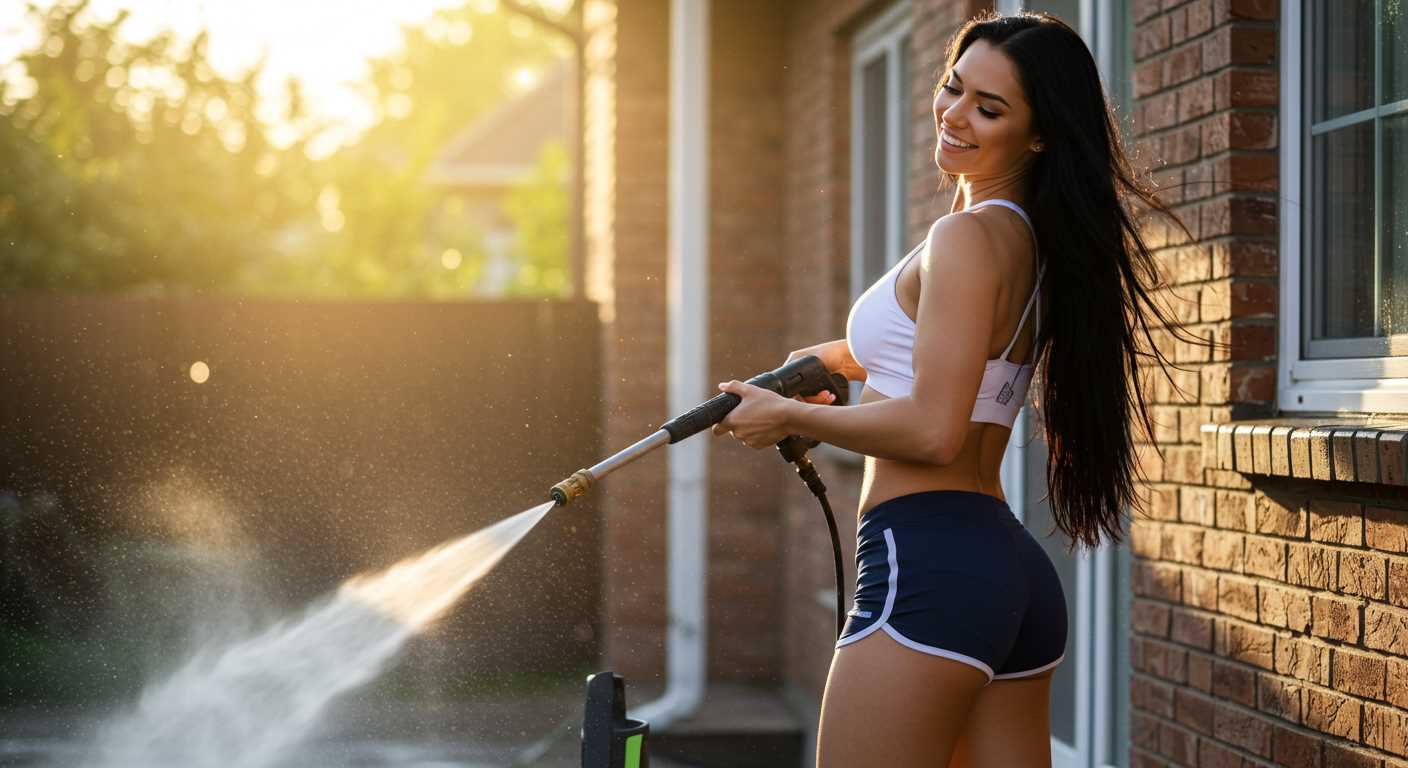
Electric units are quieter, easier to maintain, and suitable for home use, ideal for light to medium tasks. Gas-powered alternatives deliver higher pressure and flow rates, making them ideal for extensive or heavy-duty projects. Assess where you plan to work; an electric version is perfect for garages or smaller residential areas, while gas-driven is suited for larger outdoor spaces.
Understanding Flow Rate
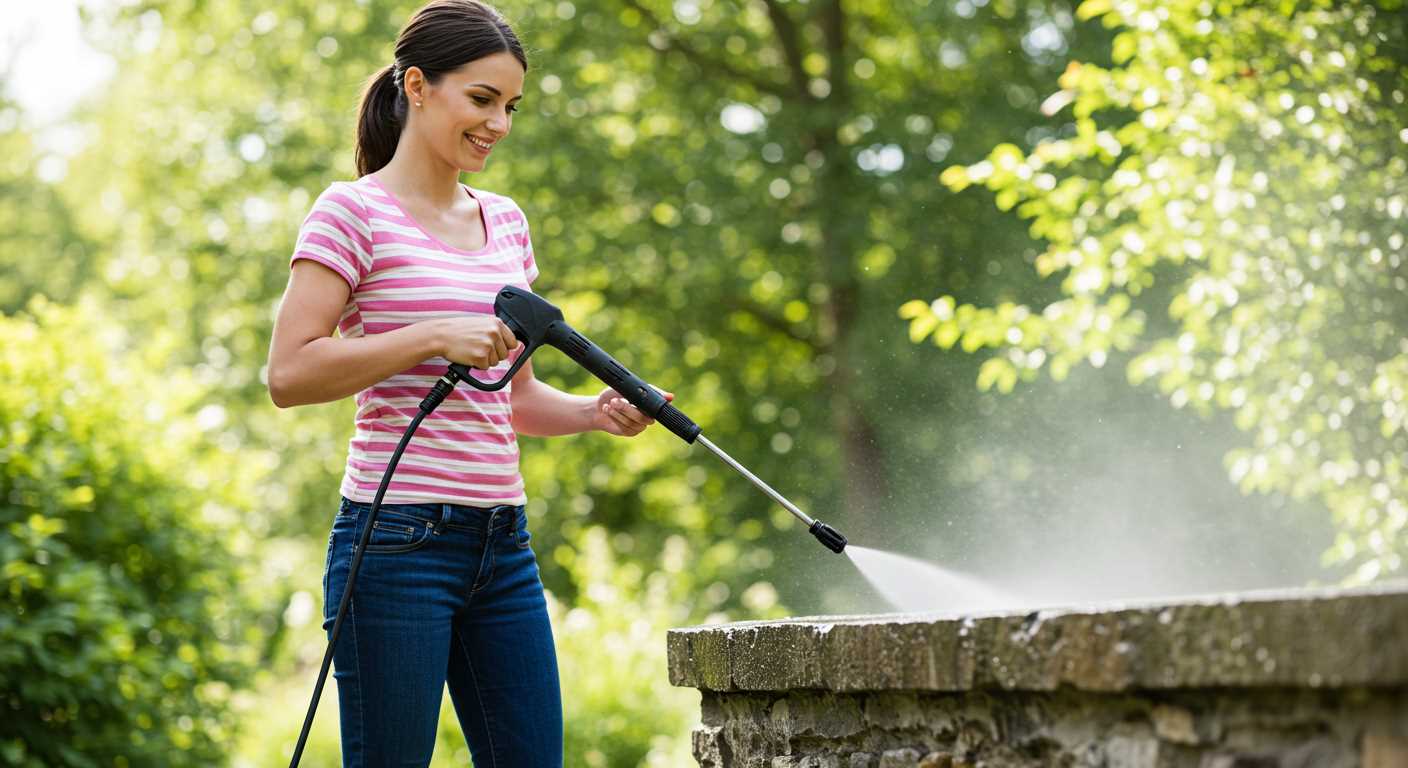
The flow rate, measured in gallons per minute (GPM), affects efficiency. A higher GPM means more water delivered, resulting in quicker cleaning. For most residential uses, 1.5 to 2.5 GPM works well, balancing pressure with sufficient water to clean effectively. If tackling stubborn stains, consider units with 2.5 GPM or more.
When evaluating options, consider additional features like adjustable nozzles, detergent injectors, and portability. The right choice saves time and enhances your cleaning efforts significantly.
Preparing Your Surface Before Pressure Washing
Clear the area of any obstacles such as furniture, plants, or tools. This ensures you have an unobstructed work environment and prevents potential damage to items that could get wet or moved during cleaning.
Inspect for Damage
.jpg)
Check the surface for any cracks, loose paint, or other damage. Addressing these issues prior to cleaning will help avoid further deterioration. For example, a loose piece of wood may splinter if subjected to high-pressure water.
Wet Surroundings
Moisten surrounding vegetation and ground if you’re working outside. This simple action helps protect plants from potential shock due to the force of the washing. Keeping the area damp can also aid in reducing the amount of dirt and grime being sprayed around.
| Surface Type | Required Preparation |
|---|---|
| Concrete | Remove any loose debris and ensure the area is clear of oil stains. |
| Decking | Sweep the surface and check for nails or protruding objects. |
| Brick | Inspect for loose mortar and fill holes before starting. |
| Vehicles | Ensure windows are closed and remove loose items from the interior. |
Following these preparation steps will enhance the outcome, ensuring a thorough wash that prolongs the lifespan and aesthetics of your surfaces.
Understanding Different Nozzle Types and Their Uses
The nozzle selection is vital for achieving optimal results. Each type serves a specific purpose based on the cleaning task at hand. Here’s a breakdown of common nozzle types:
0-degree Nozzle: Producing a concentrated jet, this nozzle effectively removes stubborn stains or grime from hard surfaces like concrete and brick. Use it sparingly, as the intense pressure can damage softer surfaces.
15-degree Nozzle: Slightly wider than the 0-degree, this nozzle is useful for stripping paint or cleaning heavily soiled areas. Ideal for tough jobs, but still requires caution around delicate materials.
25-degree Nozzle: The versatile choice for general cleaning. Suitable for driveways, patios, and home exteriors, it balances power and coverage effectively. It’s perfect for removing dirt and mildew without risking damage.
40-degree Nozzle: This one disperses water widely, making it suitable for lighter tasks like washing vehicles and outdoor furniture. The softer spray is gentle enough for delicate surfaces yet effective for basic cleaning.
Soap Nozzle: Specifically designed for applying detergents or cleaning solutions. It creates a low-pressure spray to evenly distribute soap, allowing it to penetrate and break down dirt before rinsing.
Remember to match the nozzle type to the task to maximise efficiency and protect the surfaces. Each nozzle offers unique benefits, so assess your cleaning needs before making a selection.
Applying Detergents and Cleaning Solutions Safely
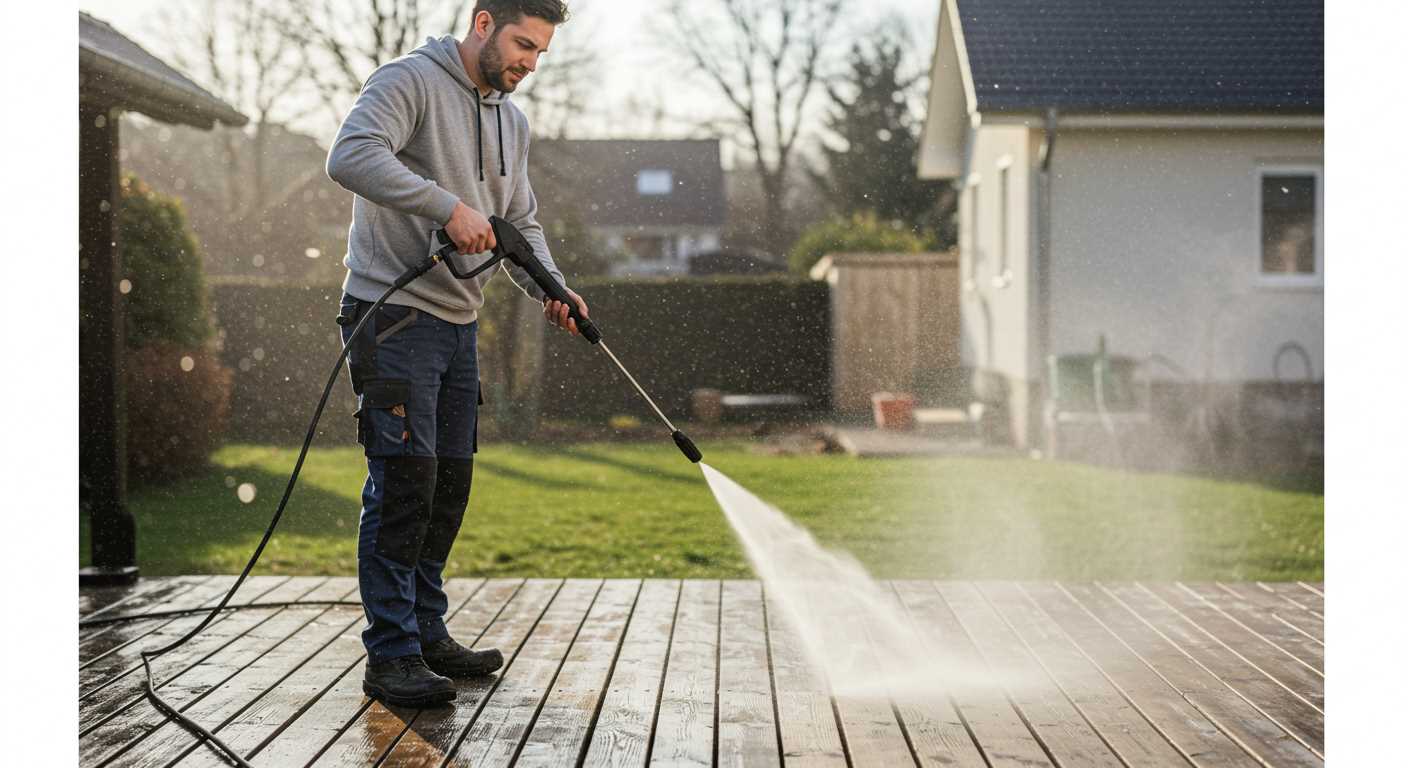
Before mixing any cleaning agents, always read the manufacturer’s guidelines for both the detergent and the equipment. Wear protective gear, including gloves and goggles, to shield yourself from harmful chemicals.
When selecting a cleaning solution, ensure it is suited for the surface being treated. For example, tough grime on concrete necessitates a powerful cleaner, while a gentle formula is ideal for wooden surfaces. Using the wrong product can lead to damage, so make informed choices.
Mix detergents according to the label instructions. Dilution ratios vary by brand and type, and adhering to these recommendations maximises efficacy while reducing risks. A too-concentrated solution can harm your equipment and the material being cleaned.
Apply the detergent using a low-pressure setting to avoid overspray and damage. It’s best to let the cleaner sit for a few minutes to break down dirt and stains, but don’t allow it to dry completely. Rinse with clear water at a suitable pressure once the solution has done its work.
Store leftover cleaning solutions in their original containers with labels intact. Keep them out of reach of children and pets, and avoid exposure to extreme temperatures. Disposing of leftover chemicals follows local regulations to minimise environmental impact.
Finally, always test a small, inconspicuous area before applying any detergent over a larger surface. This step helps confirm compatibility and avoid unintended damage.
Techniques for Pressure Washing Various Surfaces
Adjusting the angle of the nozzle is critical when blasting different materials. For delicate surfaces such as wood decks, maintain a 25-40 degree spray angle to prevent damage. Hard surfaces like concrete can withstand a 15-25 degree angle, allowing for a more forceful clean.
Brick and Masonry
- Start at the top and work your way down to avoid streaks.
- Keep the nozzle 12-18 inches away from the surface.
- Use a sweeping motion to cover larger areas efficiently.
Automobiles
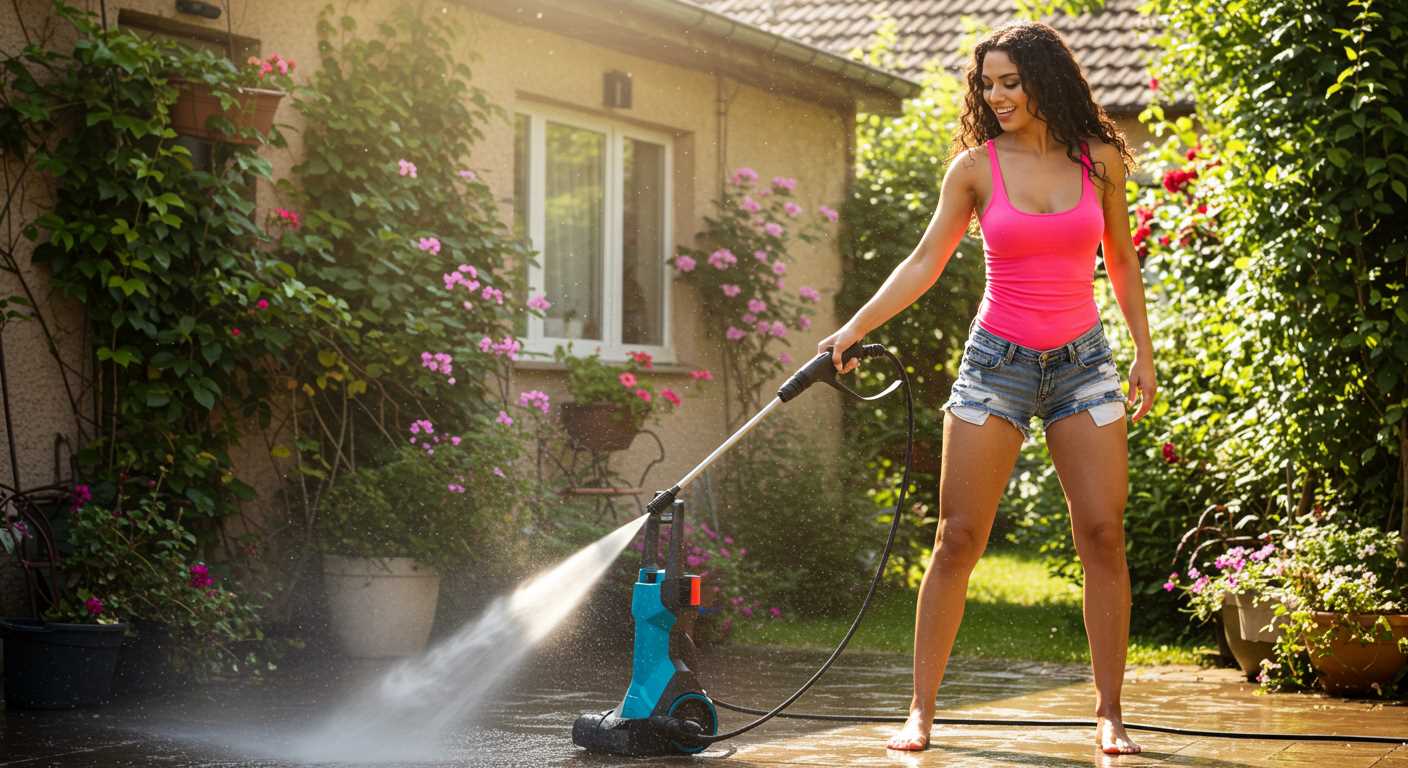
- Set the machine to a lower PSI to avoid damaging paint.
- Use a wide nozzle with a 40 degree angle for gentle cleaning.
- Begin from the top and rinse downwards, keeping a safe distance from sensitive areas.
Driveways and Walkways
- Utilise a turbo nozzle for maximum effectiveness against tough stains.
- Stand about 6-12 inches from the surface, moving in a straight line.
- Work in sections to prevent over-saturation.
Patios and Decks
- Employ a circular motion to avoid streaking.
- For wooden decks, use a lower setting and a wider spray angle to prevent splintering.
- Periodically check for debris buildup that can scratch the surface.
Gutters
- Attach a gutter cleaning nozzle for easy access.
- Stand at a safe distance to avoid back spray.
- Begin at the downspout and work away to ensure debris is expelled completely.
Testing cleaning solutions on a small area first is advisable, particularly for painted surfaces. Always maintain control of the spray direction to avoid unwanted damage. Being mindful of these techniques will yield impressive results while safeguarding the integrity of the surfaces tackled.
Cleaning and Maintaining Your Pressure Washer Post-Use
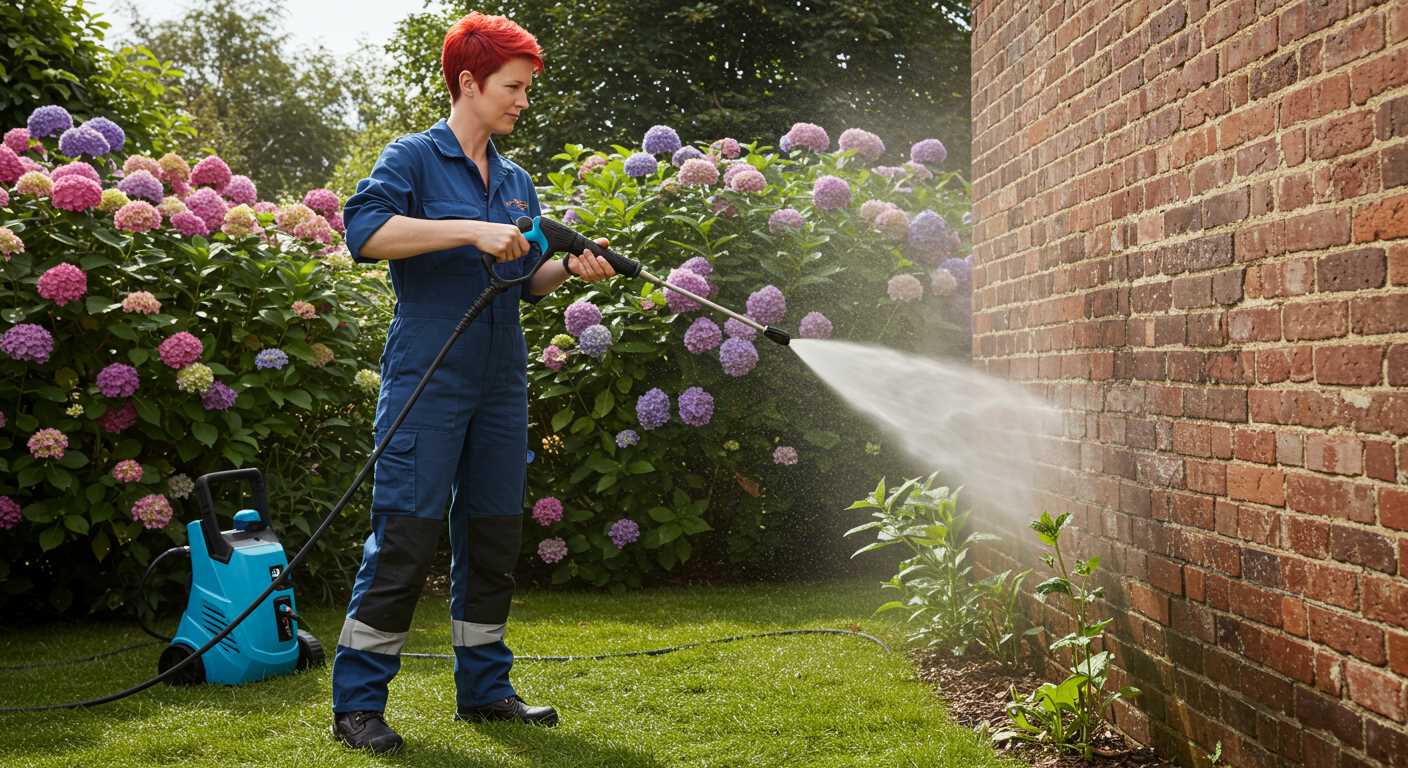
After finishing with the cleaning task, detach all attachments to prevent damage and ensure thorough maintenance. Start by emptying the detergent tank to avoid residue buildup that can clog the system.
Next, run water through the machine for a few minutes without any nozzle or attachment. This step clears out any debris and chemicals that may have accumulated during operation. After that, flush the hose to eliminate any remaining contaminants.
Inspect the inlet filter for dirt and clean it if necessary. A pristine filter will enhance the longevity of your equipment and maintain its performance.
Once the flushing is complete, wipe down the exterior surfaces with a mild soap solution to remove grime. When drying, avoid abrasive cloths; instead, use soft materials to prevent scratches.
Store the device in a dry environment, protecting it from adverse weather conditions that could cause rust or mechanical issues. Keep hoses coiled neatly to prevent kinks and damage.
Periodically check the oil levels if the unit has an oil reservoir. Change it if it appears dark or contaminated; this measure is key for the efficiency of the internal components. Remember to consult the manufacturer’s recommendations for specific oil change intervals.
Lastly, perform a thorough inspection of the components before each use; this practice identifies any wear and tear and ensures safe operation. A little time spent on upkeep can prolong the lifespan of your equipment considerably.
FAQ:
What surfaces can I safely clean with a pressure washer?
A pressure washer is versatile and can be used on a variety of surfaces. Common surfaces include concrete driveways, patios, brick walls, wooden decks, and even vehicles. However, it’s important to consider the pressure settings. For instance, a lower pressure setting is advisable for softer surfaces like wood to avoid damage. Always refer to the manufacturer’s guidelines for both the pressure washer and the material you’re cleaning to ensure optimal results and prevent any harm to the surface.
What safety precautions should I take while using a pressure washer?
Safety is paramount when operating a pressure washer. Firstly, always wear protective gear, which includes goggles to shield your eyes from debris, gloves to protect your hands, and sturdy footwear to prevent slipping. Be mindful of your surroundings; ensure that children and pets are at a safe distance. It’s also advisable to check the equipment before use for any leaks or damage. If you are using an electric model, be aware of your power source and ensure that it is not exposed to water. Lastly, stand at a safe distance from the surface you are cleaning to avoid injury from the high-pressure water stream. Following these safety measures will help ensure a safe and effective cleaning experience.




